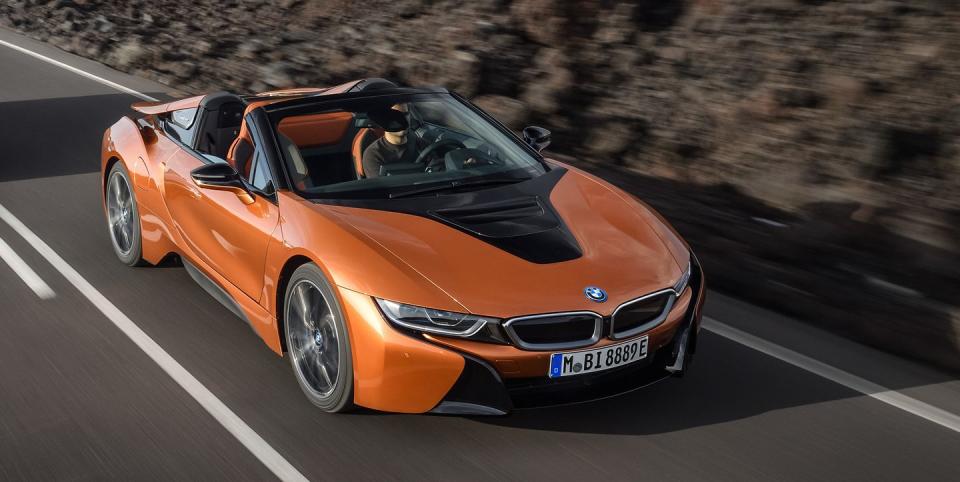Say Goodbye to Carbon-Fiber BMWs

If you want to buy a new carbon-fiber BMW, then don’t delay too long in realizing the dream; the i3 and i8 look set to be the last of the company’s products to feature carbon-fiber structures. The iNext-which is going to show BMW’s expertise in both electrification and high-level autonomy-will be based on the company’s new Fifth Generation architecture when it arrives in 2021. That means it will need to share a metal structure with its numerous platform buddies.
There is still plenty of carbon componentry in BMW’s future, including body panels and even structural components. The company is rightly proud of its expertise in producing carbon parts in relatively high volumes. But the extra weight saving of the i3’s innovative carbon monocoque will no longer be necessary.
“At the time of the BMW i3, the capacity of batteries was still quite low, and so we tried to get every kilogram out of the car to reduce the amount of energy we needed [to power it],” Robert Irlinger, head of BMW’s i division, told us recently. “But, with the improving energy capacity of batteries, you don’t need to look for the last 500 grams. Therefore, we look for the right balance of properties. Carbon fiber is still an extremely important material when it comes to passenger safety, for example, but you only use it in certain areas.”
Higher production volumes are another reason to abandon carbon fiber. BMW’s i3 sells in small numbers compared to the company’s more mainstream models; just 31,482 were built in 2017. The iNext will be built at the company’s Dingolfing, Germany, plant on the same production line as the brand’s conventional models and with the same 60-second cycle time between the different workstations, something a substantially different carbon-fiber structure would make almost impossible.
“The i3 and the i8 will be singular vehicles,” Oliver Zipse, BMW’s board member in charge of production, confirmed to Car and Driver. “It could be that someday, somebody has an idea for a very low-volume, very highly positioned hybrid sports vehicle, and we would consider doing that [away from the line], but there’s currently no discussion about it. Whenever you go above 10,000 cars a year, you would put them on the assembly line.”
You Might Also Like

 Yahoo Finance
Yahoo Finance 